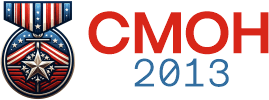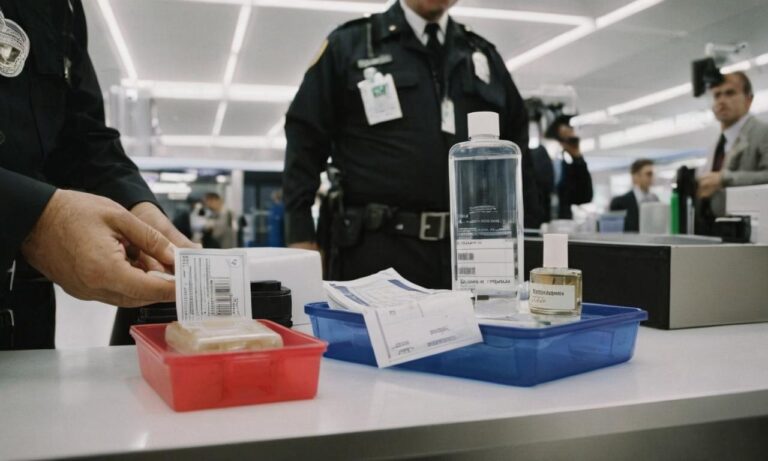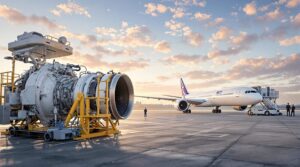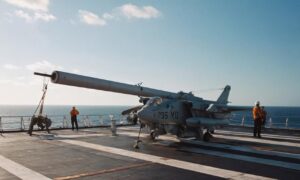Planning for air travel involves various considerations, and one common query revolves around the quantity of liquid substances one can carry aboard a plane. Understanding the regulations and restrictions on fluid ounces is crucial to ensure a smooth and hassle-free journey.
Security Regulations and Liquid Limits
When it comes to liquids on a plane, the Transportation Security Administration (TSA) has established strict guidelines to maintain safety and security. As of the last update in January 2022, passengers are generally allowed to bring liquids in containers of 3.4 ounces (100 milliliters) or less in their carry-on bags.
The TSA requires these containers to be placed in a quart-sized, clear, resealable plastic bag, with each passenger limited to one bag. This rule is commonly known as the 3-1-1 rule, signifying 3.4 ounces, one quart-sized bag, and one bag per passenger.
Exceptions and Special Considerations
While the 3-1-1 rule is standard, there are exceptions for certain essential liquids, such as medications, baby formula, and breast milk. Passengers carrying these items should inform security officers and may be subject to additional screening.
It’s important to note that regulations can vary between countries, and travelers should always check the specific guidelines of both their departure and arrival locations to avoid any surprises.
Checked Luggage vs. Carry-On
When it comes to larger quantities of liquids, passengers may consider placing them in checked luggage rather than carry-on bags. Checked luggage generally has fewer restrictions on liquids, but it’s crucial to ensure that items are securely packed to prevent leakage or breakage during transit.
Best Practices for Travelers
To streamline the security screening process and avoid potential issues, travelers should familiarize themselves with the following best practices:
- Place liquids in a separate bag for easy inspection.
- Double-check the rules of both departure and arrival airports.
- Consider purchasing travel-sized toiletries to comply with regulations.
- Arrive at the airport with ample time for security checks.
Understanding how many fluid ounces are allowed on a plane is crucial for a smooth travel experience. By adhering to the TSA’s guidelines and considering special circumstances, passengers can navigate security checks with ease. Always stay informed and plan ahead to ensure a stress-free journey.
Frequently Asked Questions
Traveling with liquids can be a source of confusion for many passengers. Here are answers to some common questions related to the allowance of fluid ounces on a plane:
1. What is the 3-1-1 rule?
The 3-1-1 rule signifies the TSA guidelines for carrying liquids on a plane, allowing passengers to bring containers of 3.4 ounces or less in a quart-sized, clear, resealable plastic bag. Each passenger is limited to one such bag.
2. Are there exceptions to the liquid limits?
Yes, certain essential liquids like medications, baby formula, and breast milk have exceptions to the 3-1-1 rule. Passengers carrying these items should inform security officers and may undergo additional screening.
3. Can I carry larger quantities of liquids in checked luggage?
Checked luggage generally has fewer restrictions on liquids compared to carry-on bags. However, it’s essential to ensure secure packaging to prevent leakage or breakage during transit.
4. What are the best practices for traveling with liquids?
To ensure a smooth security screening process, consider the following best practices:
- Place liquids in a separate bag for easy inspection.
- Double-check the rules of both departure and arrival airports.
- Consider purchasing travel-sized toiletries to comply with regulations.
- Arrive at the airport with ample time for security checks.
Additional Considerations for International Travel
For international travel, it’s crucial to be aware of country-specific regulations regarding the transportation of liquids. Some countries may have different rules or additional requirements, so thorough research is recommended to avoid any complications during the journey.






